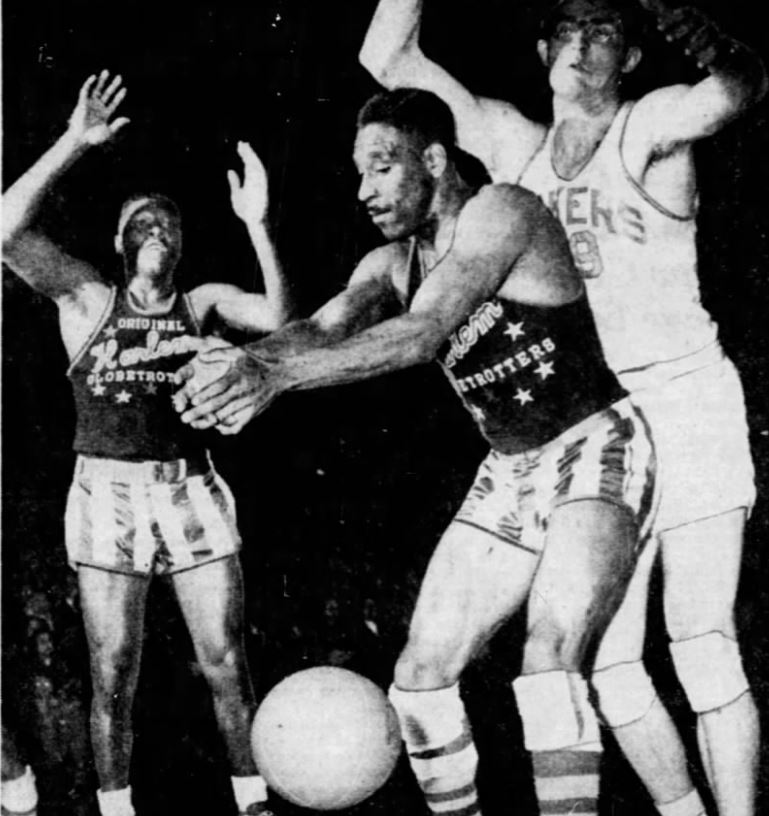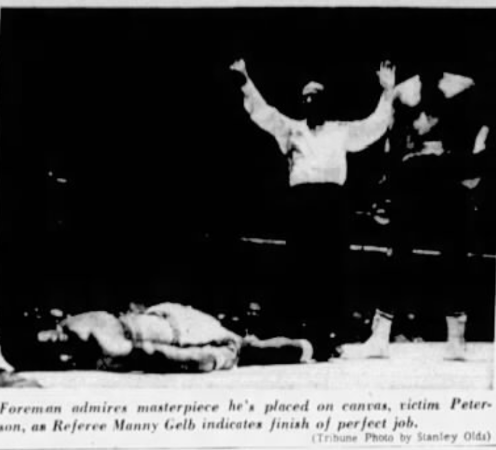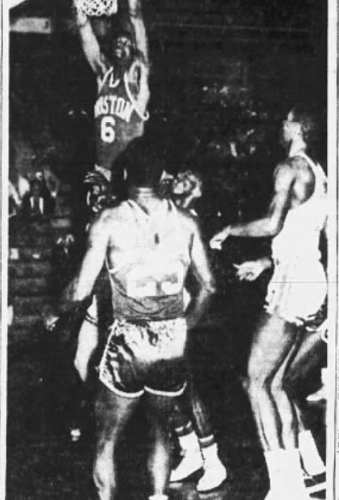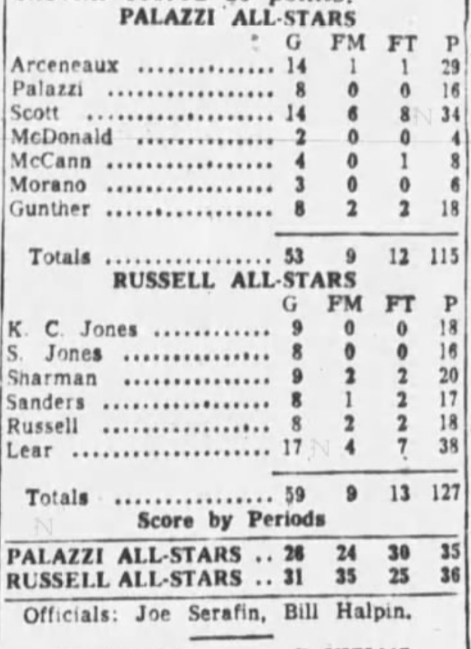When we talk about the early days of the NBA, there’s one name that often gets overshadowed, but his story is as integral as any. Nathaniel Clifton was a true pioneer of the game. Thanks to the movie “Sweetwater”, now more people are getting acquainted with Clifton’s journey. He was instrumental in breaking barriers, helping integrate the NBA when he joined the New York Knickerbockers.
Clifton was a trailblazer, one of the first to put pen to paper on an NBA contract. Can you believe it? The Knicks paid over $12,500 to Abe Saperstein of the Globetrotters just to have Clifton suit up, and his salary? A cool $2500. But there’s more to Nat than just basketball. Did you know he laced up his cleats for the Wilkes-Barre Indians on the diamond at Artillery Park in the Old Eastern League.? He was quite the athlete.
Back in his high school days at DuSable High in Chicago, Clifton was already making waves, dropping 45 points in the city semi-finals. Then he took his talents down south to Xavier College in New Orleans before Uncle Sam came calling in 1943. He served his country for three years before returning to the hardwood.
After the war, he suited up for the Dayton Mets, but it was that clash against the Wilkes-Barre Barons that caught folks’ attention. A fundraiser for the March of Dimes, it was a battle royale at the Kingston Armory. Sure, Wilkes-Barre came out on top, but Nat left his mark, notching 18 points.
And let’s not forget his stint with the Harlem Globetrotters. Those guys were on fire, especially with Clifton in the lineup. They even took down the mighty Lakers, led by George Mikan himself.
But baseball wasn’t foreign to Clifton either. Dayton, Pittsfield, Wilkes-Barre – you name it, he swung the bat there. In ’50, he was tearing it up in the Eastern League, batting .304 with 9 homers for the Wilkes-Barre Indians. He was a standout first baseman, a crucial piece in the Indians’ championship run.
Nathaniel Clifton wasn’t just a basketball player or a baseball player – he was a true sportsman, leaving his mark wherever he went. And his legacy? Well, it’s etched in the annals of sports history, a testament to his talent and determination.
Nat “Sweetwater” Clifton below with Wilkes-Barre 1950


Sweetwater of the Harlem Globetrotters loses the ball, Big George Mikan in the background







You must be logged in to post a comment.